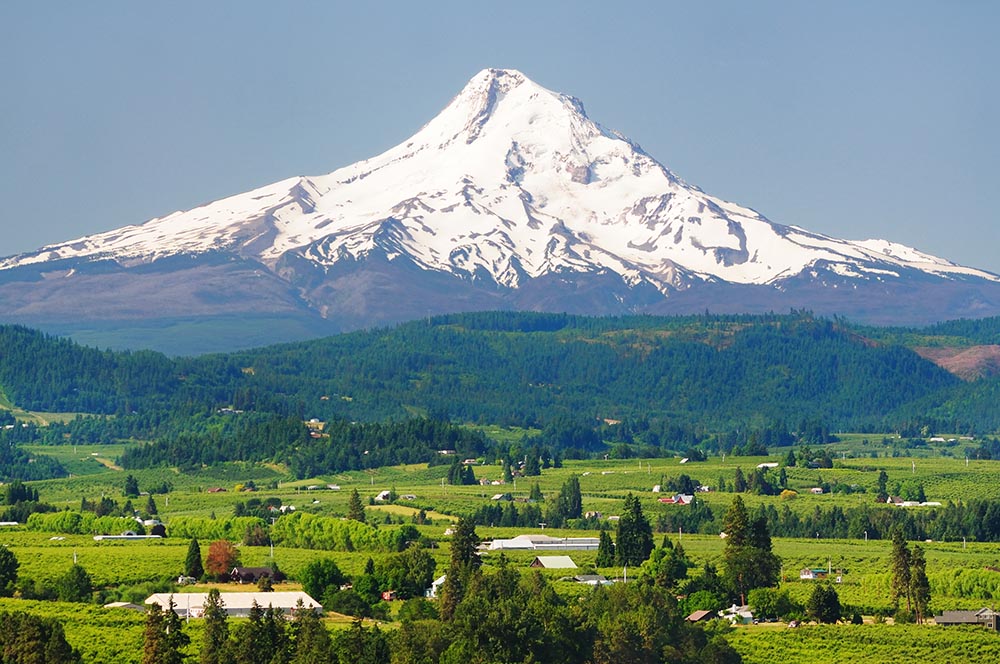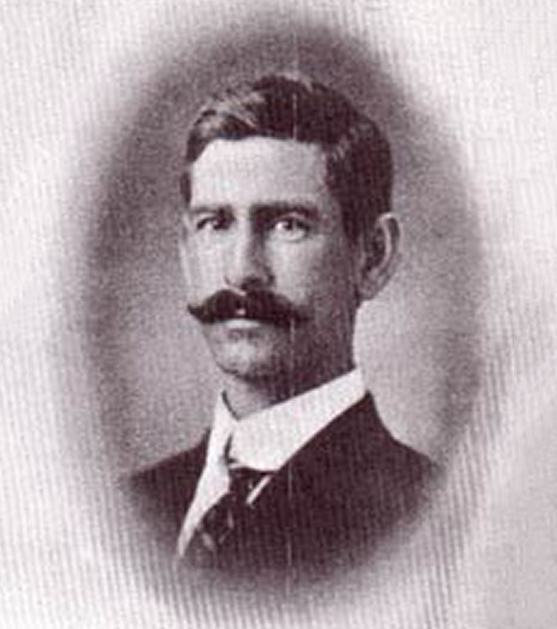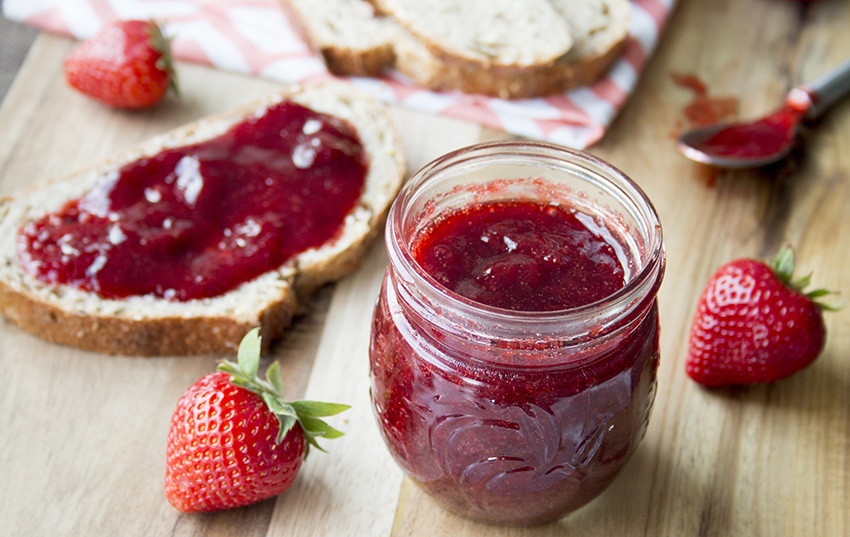The Very Beginning
For millennia, Native Americans gathered wild strawberries on the coast and in open woods on both sides of the Cascades. Then in 1846, Quaker nurseryman Henderson Luelling made the long trek from Iowa to present-day Milwaukie on the Oregon Trail, bringing two soil-filled wagons he’d planted with fruit trees and shrubs. Among this nursery stock, which he used to found the state’s first fruit orchards, were strawberry plants; the Wilson variety, to be specific. Though bred in New York, these hardy berries were better suited to the milder Oregon climate, and within only a few short decades, the Portland area became the fruit-packing nexus of the West.


The Very Beginning
For millennia, Native Americans gathered wild strawberries on the coast and in open woods on both sides of the Cascades. Then in 1846, Quaker nurseryman Henderson Luelling made the long trek from Iowa to present-day Milwaukie on the Oregon Trail, bringing two soil-filled wagons he’d planted with fruit trees and shrubs. Among this nursery stock, which he used to found the state’s first fruit orchards, were strawberry plants; the Wilson variety, to be specific. Though bred in New York, these hardy berries were better suited to the milder Oregon climate, and within only a few short decades, the Portland area became the fruit-packing nexus of the West.
Portland & Hood River
By the 1880s, Japanese berry growers had established farms across Mt. Tabor in Portland, and strawberry production expanded from there. In 1920, it was reported by the governor’s office that a whopping 90% of the strawberries in Gresham (long a top berry-growing city in Oregon) were produced by Japanese farmers.
By this time, strawberry production had spread to the Willamette Valley, an area which since 1911 had been home to the United States Department of Agriculture—Agricultural Research Service (USDA-ARS) strawberry breeding program. Established in Corvallis, in collaboration with Oregon State University, the USDA-ARS selected their first “new” strawberry variety, the Corvallis, in 1922 and released it commercially a couple of years later.
Strawberries also flourished in Hood River, where they were planted between the rows of apple trees in younger orchards. Because of its prime location along the Columbia River (key for rail shipping), the Hood River area soon became another center of berry production in Oregon.

Portland & Hood River
Initially, strawberries were grown primarily in the areas of Portland and Hood River. By the 1880s, Japanese berry growers had established farms across Mt. Tabor in Portland, and strawberry production expanded from there. In 1920, it was reported by the governor’s office, a whopping 90% of the strawberries in Gresham (long a top berry-growing city in Oregon) were produced by Japanese farmers. By this time, strawberry production had spread to the Willamette Valley.
By this time, strawberry production had spread to the Willamette Valley, an area which since 1911 had been home to the United States Department of Agriculture—Agricultural Research Service (USDA-ARS) strawberry breeding program. Established in Corvallis, in collaboration with Oregon State University, the USDA-ARS selected their first “new” strawberry variety, the Corvallis, in 1922 and released it commercially a couple of years later.
Strawberries also flourished in Hood River, where they were planted between the rows of apple trees in younger orchards. Because of its prime location long the Columbia River (key for rail shipping), the Hood River area soon became another center of berry production in Oregon.
Virus Epidemic Leads to New Robust Varieties
Post-war, the strawberry crinkle virus swept Oregon’s fields, devastating berry farmers around the state. The Marshall variety, once the gold standard as a large, firm, and flavorful berry ideally suited for freezing and preserving, was highly susceptible and quickly succumbed. Fortunately, decades earlier, horticulturist Albert Etter (whose Ettersburg 121 strawberry was grown throughout the Willamette Valley) had made strides in berry breeding using native species as source material. Oregon’s native coast strawberry (Fragaria chiloensis) was identified as germplasm for its superior flavor and deep color, but more importantly, its resistance to diseases and overall vigor. Breeders enthusiastically embraced the species for hybridization.


Virus Epidemic Leads to New Robust Varieties
Post-war, the strawberry crinkle virus swept Oregon’s fields, devastating berry farmers around the state. The Marshall variety, once the gold standard as a large, firm, and flavorful berry ideally suited for freezing and preserving, was highly susceptible and quickly succumbed. Fortunately, decades earlier, horticulturist Albert Etter (whose Ettersburg 121 strawberry was grown throughout the Willamette Valley) had made strides in berry breeding using native species as source material. Oregon’s native coast strawberry (Fragaria chiloensis) was identified as germplasm for its superior flavor and deep color, but more importantly, its resistance to diseases and overall vigor. Breeders enthusiastically embraced the species for hybridization.
The Mid-Century Evolution
In the 1950s, baby boomer children were loaded up in school buses and sent out into summertime berry fields to earn a little money picking fruit. Also happening in Oregon fields: The USDA – ARS program in Corvallis, led by plant breeders George Waldo, Francis “Whitey” Lawrence, and foremost strawberry expert George Darrow, was continuing to introduce numerous new strawberry cultivars, including several varieties still commercially important today, such as the Hood. In collaboration with OSU’s North Willamette Research and Extension Center (NWREC), the USDA-ARS in Corvallis still leads the country in berry breeding. Helmed by Dr. Bernadine Strik, Professor of Horticulture and Extension Berry Crops Specialist at Oregon State University (OSU) and the Berry Crops Research Leader at the NWREC, working together with Dr. Chad Finn, USDA-ARS research geneticist at the Horticultural Crops Research Unit, Corvallis, the program’s main objective is to develop better berry crop varieties for the Pacific Northwest.
The Next Generation
The majority of Oregon strawberries—mostly Hoods, Tillamooks, and Totems—are grown for processing into jam, ice cream, yogurt. Regional brands like Tillamook and Burgerville have long embraced Oregon strawberries for their products, and even global brands like Smuckers use Oregon-grown strawberries in their jams.
Though only a relatively small proportion of the delicate fresh berries are sold for local enjoyment, berry lovers know that the ephemeral beauty of Oregon strawberries is unmatched; they’re sweeter, redder, simply better.


1950’s to Today
In the 1950s, while baby boomer children were loaded up in school buses and sent out into summertime berry fields to earn a little money picking, the United States Department of Agriculture—Agricultural Research Service (USDA-ARS) breeding program was established in Corvallis, in collaboration with Oregon State University. Helmed by horticulturists George Waldo, Francis “Whitey” Lawrence, and foremost strawberry expert George Darrow, the program resulted in numerous new strawberry cultivars, including several varieties still commercially important today, such as the Hood. OSU’s North Willamette Research and Extension Service still leads the country in berry breeding.
Today, the majority of Oregon strawberries—mostly Hoods, Tillamooks, and Totems—are grown for processing into jam, ice cream, yogurt. Regional brands like Tillamook and Burgerville have long embraced Oregon strawberries for their products, and even global brands like Smuckers use Oregon-grown strawberries in their jams.
Though only a relatively small proportion of the delicate fresh berries are sold for local enjoyment, berry lovers know that the ephemeral beauty of Oregon strawberries is unmatched; they’re sweeter, redder, simply better.